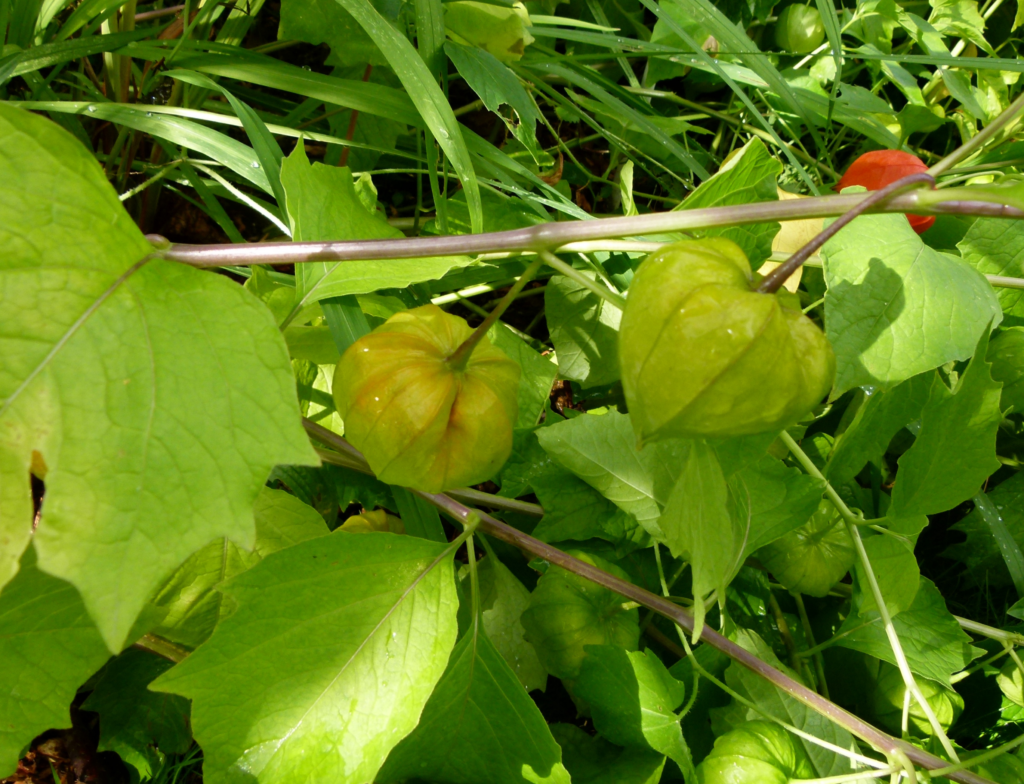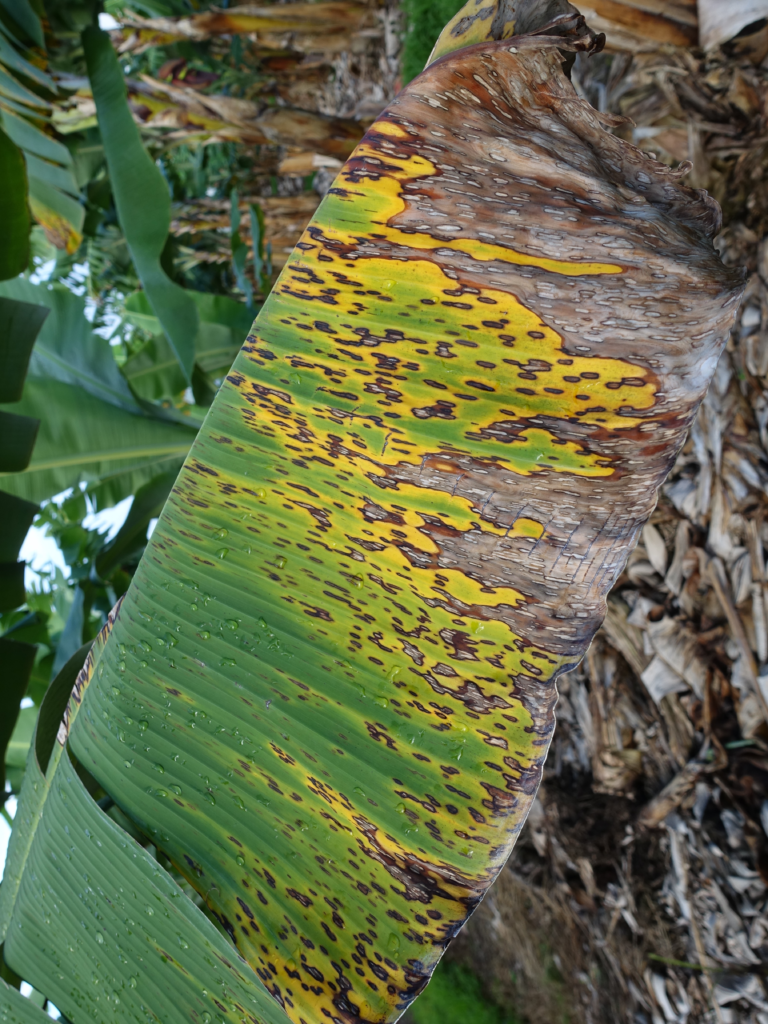
By Bryan Leong
Humans derive most of their calories from 15 crop species, including wheat, corn, rice and potatoes. These crops were derived from wild species through a process called domestication. Plants with desirable traits were propagated in preference to others for hundreds or thousands of years to give us today’s food crops. This process has allowed agriculture to feed a current total of close to 8 billion people.
However, traditional domestication of wild plant species takes a long time, often hundreds of years. There are many promising crop species that could help feed the world’s growing population, but they require additional domestication to become commercially viable. Another issue is that traits that confer pest or pathogen resistance can sometimes be weakened or lost during breeding for fruit yield or quality, ease of harvest or other desired traits. This was reasonable during the initial domestication process, but it means that many crop plants struggle to resist microbes or insects without human help.
Crops are facing more unfavorable climate and soil conditions that can stunt growth and productivity and will not be able to overcome these challenges without human intervention. Traditional breeding takes a long time to introduce traits that increase hardiness to environmental stresses. Fortunately, there are solutions on the horizon to tackle these problems.
Improved Plants
One solution is the use of gene editing by CRISPR-Cas9 to introduce traits that boost pathogen or pest resistance or increase productivity. Using CRISPR-Cas9 to introduce new traits into existing cultivars is a fine strategy for traits conferred by a few genes but is not as useful for more complex traits. One approach to this problem is de novo domestication of wild species — domestication of a species never domesticated before — to generate completely new crops. Another approach is re-domestication — retracing the steps in the domestication of an existing crop, starting again from wild ancestors.

De novo domestication and re-domestication of wild species have gained momentum in recent years due to the advent of CRISPR-Cas9, the revolution in sequencing technologies, increased knowledge of plant physiology and the wealth of genetic diversity in the wild relatives of crops. The goal is to edit the genome of wild species (some related to existing crops) to develop cultivars that are more robust or to generate completely new crop species.
It works like this: Researchers identify key genes that were changed during the domestication process by comparing the genomes of the wild and domesticated species. This includes genes that affect fruit size, color, nutritional content and more. With the knowledge of what genes affect those traits, they can precisely edit those plants’ genomes to give products much closer to our existing crops, but maintain the plant’s robustness against insects, pathogens and other environmental stresses.
Current Examples
Scientists are already working to re-domesticate some species from their wild relatives. One example is the re-domestication of a tomato species from the wild ancestor Solanum pimpinellifolium. Two different groups were able to edit several genes in this wild species to make the plants more like cultivated tomato. One group increased the size and number of the fruits and amount of lycopene (which gives tomato fruit its color) by 500%. The other group decreased plant height to make the plants more amenable to agricultural operations, while increasing fruit size and vitamin C content. All of this was achieved without losing the high salt tolerance of the wild ancestor.
There is also an example of de novo domestication of groundcherry (Figure 1). Groundcherry is a nightshade family plant that produces small, sweet berries, but suffers from low productivity that makes commercialization difficult. Researchers were able to use CRISPR-Cas9 to edit groundcherry genes to yield much shorter plants with increased fruit size and 50% more fruit on the stem.
Another example of de novo domestication is from a wild relative of rice, Oryza alta, that is more robust than cultivated rice. Researchers were able to edit the genes of Oryza alta to obtain shorter plants with better agronomic traits.
Bananas Could Benefit
One potential crop that could benefit from de novo domestication or re-domestication is banana. About half of the world’s bananas are from a single variety called Cavendish. This variety represents almost all commercial bananas in the United States and Europe. Cavendish is exclusively vegetatively propagated, which means that all Cavendish plants are clones that are essentially genetically identical. Unfortunately, this also means that all those plants are equally susceptible to fungal pathogens like black sigatoka (Figure 2) or tropical race 4 (TR4). This could result in devastating losses in Cavendish banana yields.
One way to reduce the vulnerability of bananas is to re-domesticate a wild banana species that is more disease-resistant than the Cavendish variety. Using CRISPR-Cas9 could turn wild banana species resistant to TR4 into cultivars with better quality, nutrition and yields without compromising fungal disease resistance. Wild species with better TR4 resistance have already been identified and could serve as starting points for de novo domestication.
Summary
CRISPR-Cas9-assisted de novo domestication of wild species may seem like a new concept, but it is simply speeding up a process that used to take centuries. There is a vast supply of genetic diversity in wild species in nature. Many of these species are adapted to survive under harsh conditions and are fine candidates for re-domestication or de novo domestication. Domesticating these wild species has the potential to help meet nature’s challenges with less human intervention.
Bryan Leong is a postdoctoral researcher at the University of Florida in Gainesville.









